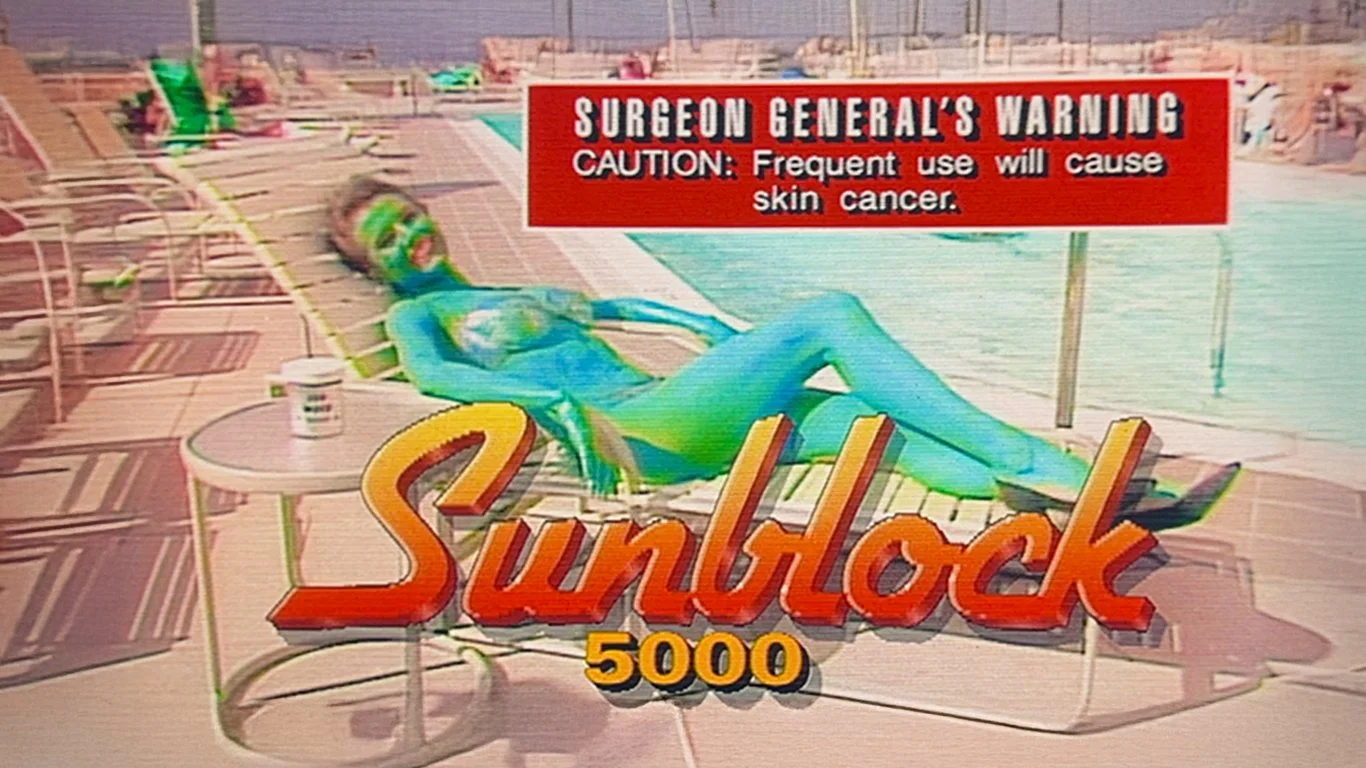That Thing About SPF: TikTok Tan Myths Can’t Compete with Haute Sun Science
In a world where TikTok trends clash with scientific evidence, the sun protection debate unfolds like a ‘90’s Alexander McQueen runway show- provocative and multifaceted, and irresistibly alarming. Who can blame the wellness conscious crowd with all that FDA fence-sitting? At this point, every sunscreen ingredient is on their “GRASE” list which basically says ‘we’re not sure if these chemicals are bad for you, so we are saying they are okay for you. For now’.
While digital natives swear by “natural” methods from building a so-called base tan, chasing vitamin D fixes, and even relying on neem supplements or coconut oil, we all have Australians’ horror stories- it is the melanoma capital of the world.
We do know that overexposure to UV rays does harm the skin and body in several ways from aging to cancer. The type of DNA mutation solar rays cause are not the cool X-Men type. In fact, ultraviolet rays undo the hard work of Erewhon $20 collagen smoothies.
THE SCIENCE
Sure, our skin makes vitamin D with exposure to the sun’s UVB rays. But that is only vital for bone, mental and immune health, not blocking health-compromising UV rays. Vitamin D doesn’t even repair DNA that has been damaged by radiation nor does it neutralize free radicals. Along the same lines, the idea that a pre‑existing tan boosts melanin enough to fend off UV damage is offensive to naturally tanned skin. First of all, a tan is evidence that DNA has been damaged through radiation. Heard of age spots? Secondly, a base tan provides less than what is equivalent to SPF 5. Last we checked, SPF 30-50 keeps skin protected.
Similarly, neem is revered for its anti‑inflammatory and antioxidant benefits, but neem seed oil’s protective effects at factor 15 do not extend to blocking broad-spectrum UV radiation. So even for a Fitzpatrick Type V-VI, neem will not suffice in protecting against nucleic acid mutations or hyperpigmentation. Importantly, like most herbs, it is not standardized nor tested under FDA guidelines. And as for coconut oil, the Mansur technique demonstrates that while coconut oil absorbs marginally in the UV‑C range, its SPF value is hardly enough to fend off UVA or UVB damage.
In short, while these natural alternatives might add a healthy glow, they can’t replace the robust, broad‑spectrum protection of a well‐formulated sunscreen.
THE FACTOR
When you apply an SPF, you’re unleashing a molecular ballet. Tom Ford (The Estée Lauder Companies) and Tatcha have engineered SPF products that provide tested protection.
Tom Ford’s Shade and Illuminate Soft Radiance Foundation SPF 50 Highlights the iffy Ensulizole (2.7%) in its formulation. It also mixes in the usual chemical suspects of Octinoxate (6.7%) and Octisalate (4.5%) with Zinc Oxide (3.8%).
The chemical filters absorb UVB rays, momentarily exciting their electrons and then safely releasing energy as heat through vibrational relaxation. The added zinc oxide contributes a physical layer by reflecting wandering UV rays. Advanced microencapsulation and dispersion techniques ensure an even layer, leaving behind a flawless finish without any chalky residue. This means that the Tom Ford formulation can be used in efficacious amounts.
This dual‑purpose formula is perfect for a sleek, workday look, especially if you are worried about ensulizole’s carcinogenic potential. For maximum efficacy, it needs to be reapplied more times than college applications. Yes, you need to re-do your makeup every two hours or sooner if you work in an air-condition-less warehouse. Or on an extra humid day out East. Even if applying an SPF mist, it needs to sit directly on the skin, forming a continuous barrier, for it to work properly.
Tatcha’s The Silk Sunscreen SPF 50 formulation features “next‑gen zinc oxide”. These are ultra‑fine particles produced through cutting‑edge milling. This technology creates a seamless, nearly invisible film over your skin, delivering powerful UVA and UVB protection without the notorious white cast. While Tatcha’s innovation is smooth, top brands like Kinship and First Aid Beauty are also riding the next‑gen wave, proving that modern refinement is reshaping the entire SPF category. But, like Tom Ford, you cannot escape age-old reapplication chemistry.
BOTTOM LINE
In the ever-evolving tug‑of‑war between TikTok trends and evidence‑based skincare, the answer is clear: go to PubMed, Ask A Scientist. Like the ones here at The Magazine. Professionally formulated SPF products are indispensable. Whether you lean toward a dual‑purpose foundation for a polished workday look or opt for a minimalist mineral sunscreen for carefree weekends, remember that application, and reapplication, make sun protection beauty products work.
MORE SCIENCE IS BEAUTY
STRAIGHT FROM SCIENTISTS








